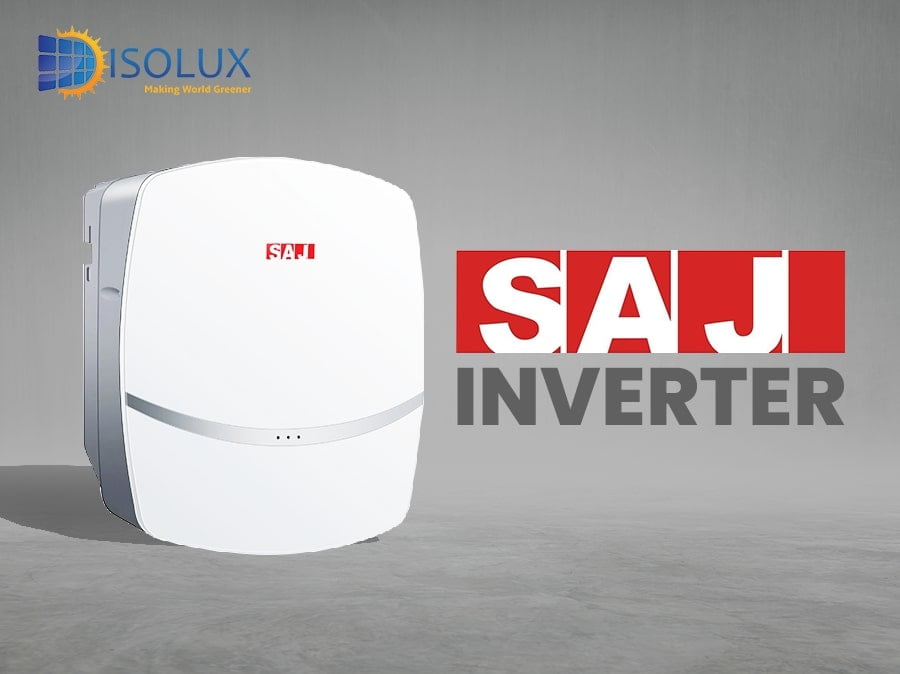Solar Inverters
Best Solar Inverters in Australia
Solar inverter use maximum power point tracking (MPPT) to get the maximum possible power from the photovoltaic systems or PV solar panels array. Solar cells have a complex relationship between solar irradiation, temperature and total resistance that produces a non-linear output efficiency known as the I-V curve. It is the purpose of the MPPT system to sample the output of the cells and determine a resistance (load) to obtain maximum power for any given environmental conditions. Here are the best solar inverters 2024.
Types of Solar Inverters
String Inverter
String Inverters are the most common type of solar inverter in residential solar panels system as it generally requires one per installation. Strings from multiple solar panels attach to one inverter. It then converts DC to AC current for residential use.
Micro-Inverter
Microinverters is a small inverter required for each solar panel to optimize each panel’s power at a module level. Each solar panels deliver more energy even if you have partial shading conditions. Microinverter helps optimize each panel's voltage output to yield maximum output. If one microinverter shuts down, the rest of the system continues transferring DC current to AC current as they are connected to individual microinverter.
Hybrid Inverter
The hybrid inverter is a multi-mode inverter that allows attaching a battery into the solar power system along with the inverters. The main advantage of micro-inverter is, they supply solar energy in the form of DC power to the battery but also supplies to the grid and power for your home appliances.
Central Inverter
This type of inverter is used for the solar system having a capacity of hundreds of kilowatts or megawatts. It resembles the string inverter of linking multiple solar panels string to one inverter but in the central inverter, it joints all the solar panels strings together in a combiner box, then connects it to the central inverter which receives the DC power supply from the combiner box and converts it to AC current.
Power Optimizers
Power optimizers are similar to microinverters in that they are installed at the panel level. However, instead of converting DC to AC, they optimize the DC power output of each panel before sending it to a central string inverter. This can mitigate some of the performance issues associated with shading or solar panel mismatch while still allowing for centralized inversion. Power optimizers offer a balance between the cost-effectiveness of string inverters and the performance advantages of microinverters.
There are various inverters brands available in the Australian market. Some brands identified as the best choice, top performers, some with good reviews, and some are average. On above all of these factors, some inverters are known for their price. Inverters are more likely to be costly, but not always. Inverters cost 20-30% of your solar panel system if you’re looking for a long-lasting inverter. Some inverter brands are the leader in the competition of their design, long-last, modern, high efficiency, low complaint, and revamped.
Therefore, we have listed the top inverter brands to give you an insight into your favourite or required choice of the quality inverter.
Top 10 Solar Inverter in Australia
- Fronius Solar Inverter
- SMA Solar Inverter
- Sungrow Solar Inverter
- Huawei Inverter
- Growatt Inverter
- Solis Solar Inverter
- GoodWE Inverter
- SAJ Inverter
- Enphase Solar Inverter
- Solar Edge Inverter
Fronius Solar Inverter

Founded: Fronius was established in 1945 in Austria.
Specialty: Fronius specializes in producing high-quality grid-connected inverters for residential, commercial, and utility-scale solar installations.
Products: Their product range includes single-phase and three-phase inverters known for their reliability, efficiency, and advanced features like online monitoring and integrated data communication.
Download Datasheet:
Warranty
SMA Solar Inverter
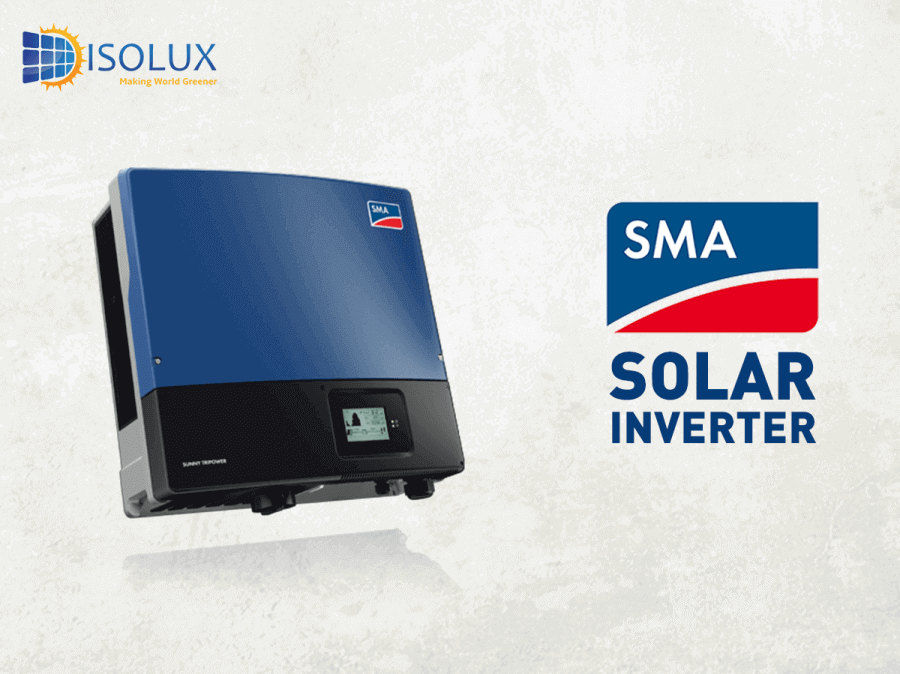
Founded: SMA Solar Technology AG was founded in Germany in 1981.
Specialty: SMA is renowned for its high-performance and technologically advanced solar inverters suitable for a wide range of applications, including residential, commercial, and utility-scale projects.
Products: SMA offers a diverse portfolio of string inverters, central inverters, and hybrid inverters, along with monitoring and control systems for optimal energy management. The SMA inverters are suitable for off-grid and grid-tied solar systems.
Download Datasheet:
Warranty
Sungrow Solar Inverter

Founded: Sungrow Power Supply Co., Ltd. was established in China in 1997.
Specialty: Sungrow specializes in manufacturing grid-tied inverters, energy storage systems, and floating solar solutions, focusing on innovation and sustainability.
Products: Sungrow offers a comprehensive range of residential, commercial, and utility-scale inverters, including single-phase, three-phase, and hybrid inverters, along with monitoring solutions for efficient energy management.
Download Datasheet:
Warranty
Growatt Inverter
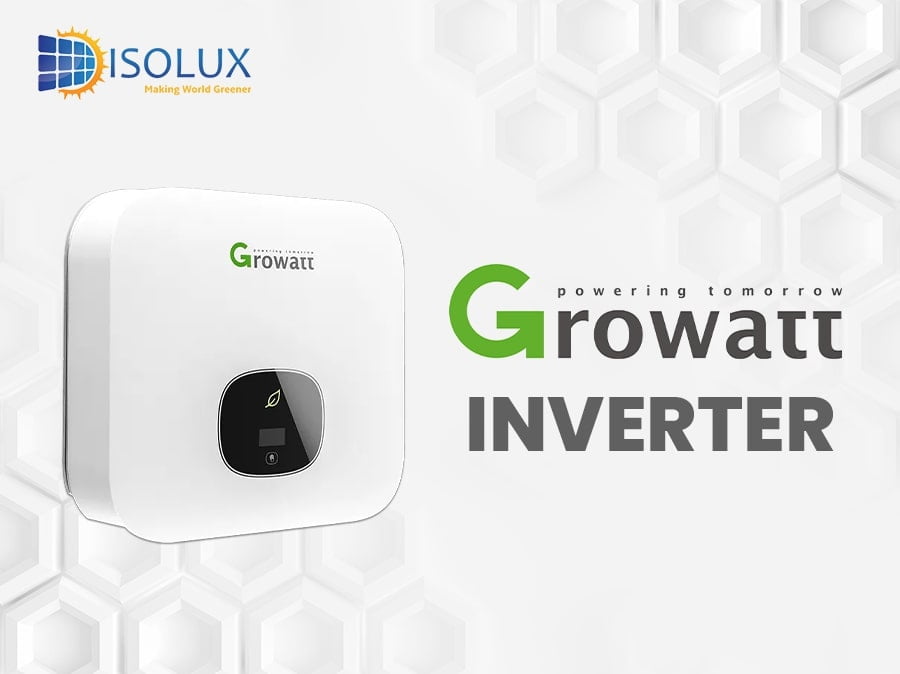
Founded: Growatt New Energy Technology Co., Ltd. was established in China in 2010.
Specialty: Growatt focuses on providing cost-effective and reliable solar inverters for residential and commercial installations, emphasizing product quality and customer satisfaction.
Products: Growatt offers a range of single-phase and three-phase inverters with various power capacities, along with monitoring platforms for real-time system performance tracking.
Download Datasheet:
Warranty
Solis Solar Inverter
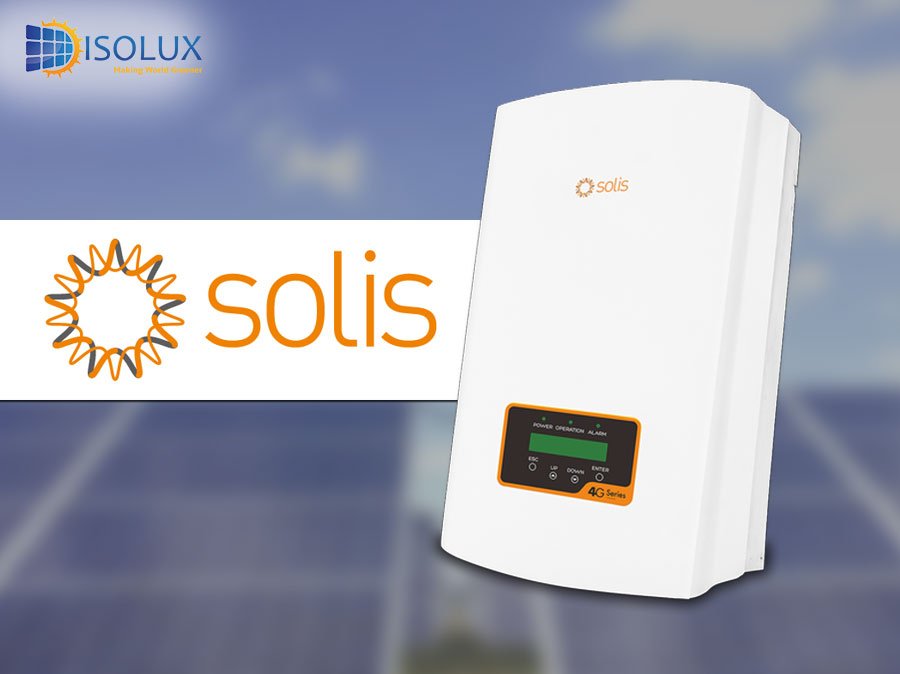
Founded: Ginlong Technologies Co., Ltd., the parent company of Solis, was founded in China in 2005.
Specialty: Solis is recognized for its affordable and high-performance inverters designed for residential and commercial solar systems, with a commitment to innovation and sustainability.
Products: Solis manufactures single-phase and three-phase string inverters known for their compact design, high efficiency, and advanced monitoring capabilities, suitable for diverse installation environments.
Download Datasheet:
Warranty
GoodWE Inverter
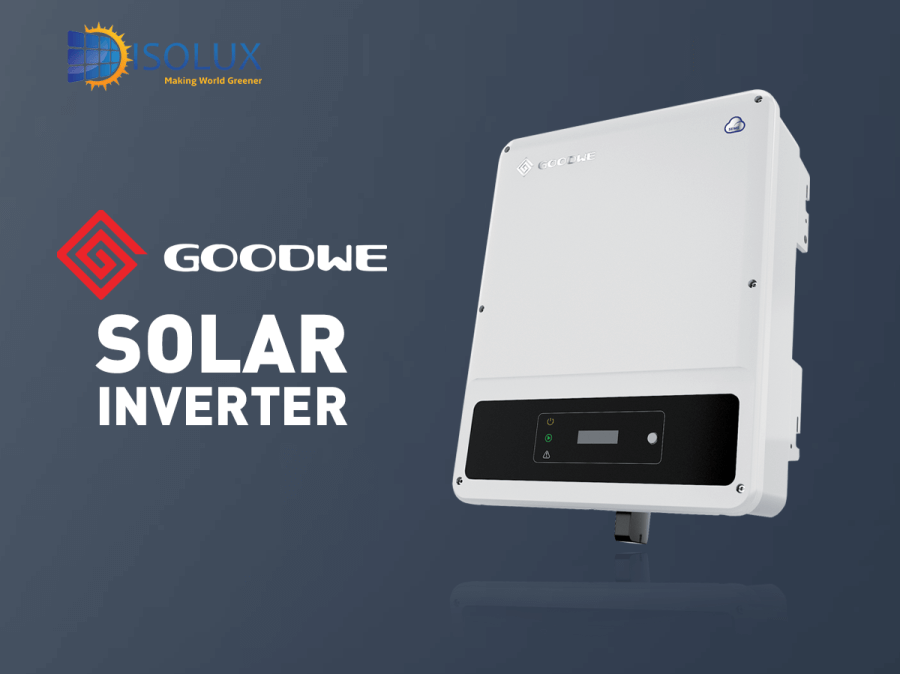
Founded: GoodWe (Jiangsu) Power Supply Technology Co., Ltd. was established in China in 2010.
Specialty: GoodWe specializes in producing reliable and cost-effective solar inverters for residential, commercial, and utility-scale applications, prioritizing product quality and technological innovation.
Products: GoodWe offers a range of single-phase and three-phase inverters with features like dual MPPT trackers, Wi-Fi connectivity, and remote monitoring, ensuring optimal performance and ease of use.
Download Datasheet:
Warranty
Founded: SAJ Electric Co., Ltd. was founded in China in 2005.
Specialty: SAJ focuses on manufacturing high-quality inverters for grid-tied and off-grid solar systems, with a commitment to reliability, efficiency, and customer satisfaction.
Products: SAJ offers grid-tied inverters, hybrid inverters, and off-grid inverters suitable for residential, commercial, and industrial applications, featuring advanced technologies for maximum energy harvest and system reliability.
Download Datasheet:
Warranty
Enphase Solar Inverter
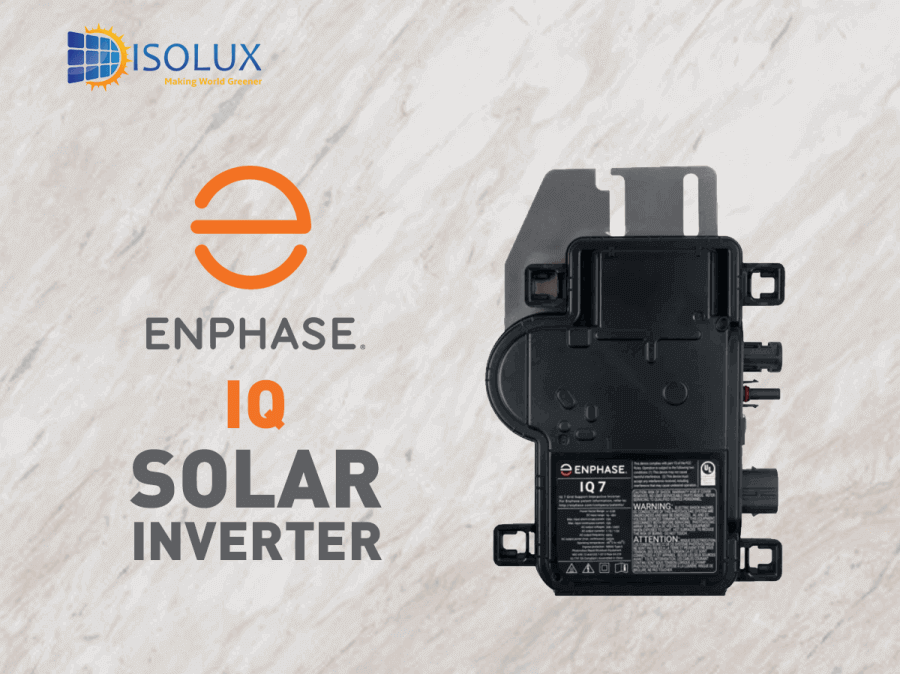
Founded: Enphase Energy, Inc. was founded in the United States in 2006.
Specialty: Enphase is a leading provider of microinverter-based solar energy management solutions, offering enhanced performance, reliability, and flexibility for residential and commercial installations.
Products: Enphase produces microinverters, AC batteries, and monitoring systems that optimize energy production at the individual panel level, enabling real-time monitoring and control for maximum system efficiency and longevity.
Download Datasheet:
Warranty
Solar Edge Inverter

Founded: SolarEdge Technologies, Inc. was founded in Israel in 2006.
Specialty: SolarEdge specializes in power optimizers and inverters designed to maximize energy harvest and minimize shading effects in solar PV systems, delivering superior performance and reliability.
Products: SolarEdge offers power optimizers, string inverters, and monitoring platforms that provide granular-level monitoring and control, ensuring optimal energy production and system safety for residential, commercial, and utility-scale installations.
Download Datasheet:
Warranty
Huawei Inverter

Founded: Growatt New Energy Technology Co., Ltd. was established in China in 2010.
Specialty: Growatt focuses on providing cost-effective and reliable solar inverters for residential and commercial installations, emphasizing product quality and customer satisfaction.
Products: Growatt offers a range of single-phase and three-phase inverters with various power capacities, along with monitoring platforms for real-time system performance tracking.
Download Datasheet:
Warranty
Solar Inverter
One of the most important components of a Solar panel system is Solar Inverter. To make use of the power being generated from solar energy, you need to have the best solar inverters. It converts solar energy generated from solar panels which is a DC current into AC current which we use in our home or sent to the grid. There are different types of solar inverters available in Australia.
Grid-Tied vs Off-Grid Inverter
How does a grid-tied inverter work?
The basic functionality of the inverter is to convert DC power into AC power, which is then the energy sent to the grid. In a grid-tied inverter, only two parts are involved in wiring a grid-tied inverter, solar inverter and solar panels. It was easy to install and use.
How does an off-grid inverter work?
Off-grid inverters require a battery to store solar energy. Solar Panels generate energy in DC form and transfer it to the battery, which then the inverter inverts into AC power that you can use for all household appliances.
Off-grid inverters contain extra components like a battery monitor, charge controller, and AC/DC circuit breakers, which makes them more complex than grid-tied inverters.
Why Do You Need An Inverter for Solar Panels?
A solar system without an inverter is useless. It’s an inverter that converts energy generated by solar panels into compatible energy for household use. Energy yield by solar panels is DC – direct current. However, household appliances require AC – Alternating current form, So without an inverter, the energy is unusable within the home.
Solar System Monitoring
All the solar inverters come with a monitoring system to track their performance. Without monitoring a system, it’s difficult to know whether the solar system is working perfectly or requires maintenance. Most inverters track solar generation and consumption with an additional meter.
Where Should an Inverter be Located?
String, hybrid, and battery inverters should be mounded in a shaded area or in the garage. Usually, it was installed near the main switchboard. Inverters are designed to be installed outdoor and weatherproof, but excess heat degrades the performance and lifespan.
If the inverter can’t be installed in a shaded area then provide a shade to protect it from heat. You can check for the inverter shade or solar awning, it will increase the lifespan of the inverter and provides high performance.
What Size Inverter Do I Need?
Choosing the right size inverter for your needs is crucial to ensure your electrical devices and appliances operate smoothly without risking damage or inefficiency. An inverter’s size refers to its power output capacity, typically measured in watts or kilowatts (kW). To determine the appropriate size, you need to consider the power requirements of the devices you intend to connect to the inverter.
Factors to Consider:
Total Power Consumption: Start by listing all the devices you plan to power with the inverter. Note down their power ratings in watts. This information is usually provided on the device itself or in the user manual.
Peak and Continuous Power: Some devices, especially those with motors or compressors, have a higher power requirement when starting up (peak power) compared to their continuous operating power. Ensure the inverter can handle both the continuous and peak loads of your devices.
Sizing for Efficiency: It’s advisable to size the inverter slightly larger than your calculated power needs to allow for potential future expansions or additions of devices. However, oversizing too much can lead to inefficiencies and increased costs, so find a balance.
Waveform Type: Consider whether you need a pure sine wave inverter or if a modified sine wave inverter will suffice. Pure sine wave inverters are more compatible with sensitive electronics and appliances, while modified sine wave inverters are cheaper but may cause issues with certain devices.
How to Calculate Inverter Size?
Once you have gathered the necessary information about your power requirements, follow these steps to calculate the appropriate inverter size:
Sum Up Power Requirements: Add up the power ratings (in watts) of all the devices you intend to power simultaneously. This gives you the total power requirement.
Account for Peak Loads: Identify the device with the highest peak power requirement. Add this value to the total power requirement calculated in the previous step. This ensures that the inverter can handle the peak loads without overload or tripping.
Consider Efficiency Losses: Inverters have some degree of efficiency loss during the conversion process. To compensate for this, multiply the total power requirement by a factor (usually around 1.1 to 1.25) to account for these losses.
Select Inverter Size: Once you have the adjusted total power requirement, choose an inverter with a continuous power rating equal to or slightly higher than this value. Ensure the inverter’s peak power rating is also sufficient to handle the peak loads.
Additional Considerations: Depending on your specific needs and preferences, you may also need to consider factors such as input voltage, battery bank capacity, and inverter features like surge protection and remote monitoring capabilities.
By following these steps and considerations, you can accurately determine the right size inverter for your needs, ensuring reliable and efficient power conversion for your devices and appliances.
How Do I Choose the Best Solar Panel Inverter?
Choosing the best solar panel inverter involves considering several key factors. First, determine the inverter type that suits your system: string inverters, microinverters, or power optimizers. Look for high efficiency ratings to maximize energy output. Ensure compatibility with your solar panels and consider future scalability. Check for reliable warranty and support from the manufacturer. Consider features like remote monitoring for easy maintenance. Lastly, read reviews and consult with professionals for needs. A well-chosen inverter enhances the performance and longevity of your solar power system.
Is Solar Inverter Available in Various Sizes?
- Solar inverters are available in different sizes.
- The size of the top solar inverter to be installed depends on the size of the solar panels are installed.
- The solar inverter must be able to effectively manage the amount of power generated by the solar panels.
- For example, for a 6.6 kW solar panel system, a solar inverter of a similar range or capacity would be sufficient to handle the power generated by the system.
There are many options available to select the top solar inverter in Australia. Some of the top solar power inverters for homes are as follows.
- Fronius Inverter
- SMA Inverter
- Sungrow Inverter
- Growatt Inverter
- Solis Solar Inverter
- GoodWE Inverter
- SAJ Inverter
- Enphase Inverter
- Solar Edge Inverter
- Huawei Inverter
I think you’re confused about which solar inverter to choose. Simply contact us, we’ll suggest to you the top solar inverter for your home and according to your needs, our team will take care of solar inverter installation.
Your Local Solar Inverter Installation Specialists in Sydney
Call today to arrange a free consultation at your premises on 1300 552 452 or request an obligation free quote.
Frequently Asked Questions
What is an Inverter?
A solar inverter is the main component that converts DC electricity to AC electricity, which means that the inverter converts solar energy into usable power for your home appliances.
Where Do You Place the Inverter?
Usually, the inverter goes alongside the switchboard. Inverters are designed to be installed outdoor and weatherproof, but excess heat degrades the performance and lifespan.
What Type of Inverters Do You Use?
All products are Tier 1 Premium products, and all products are CEC approved.

